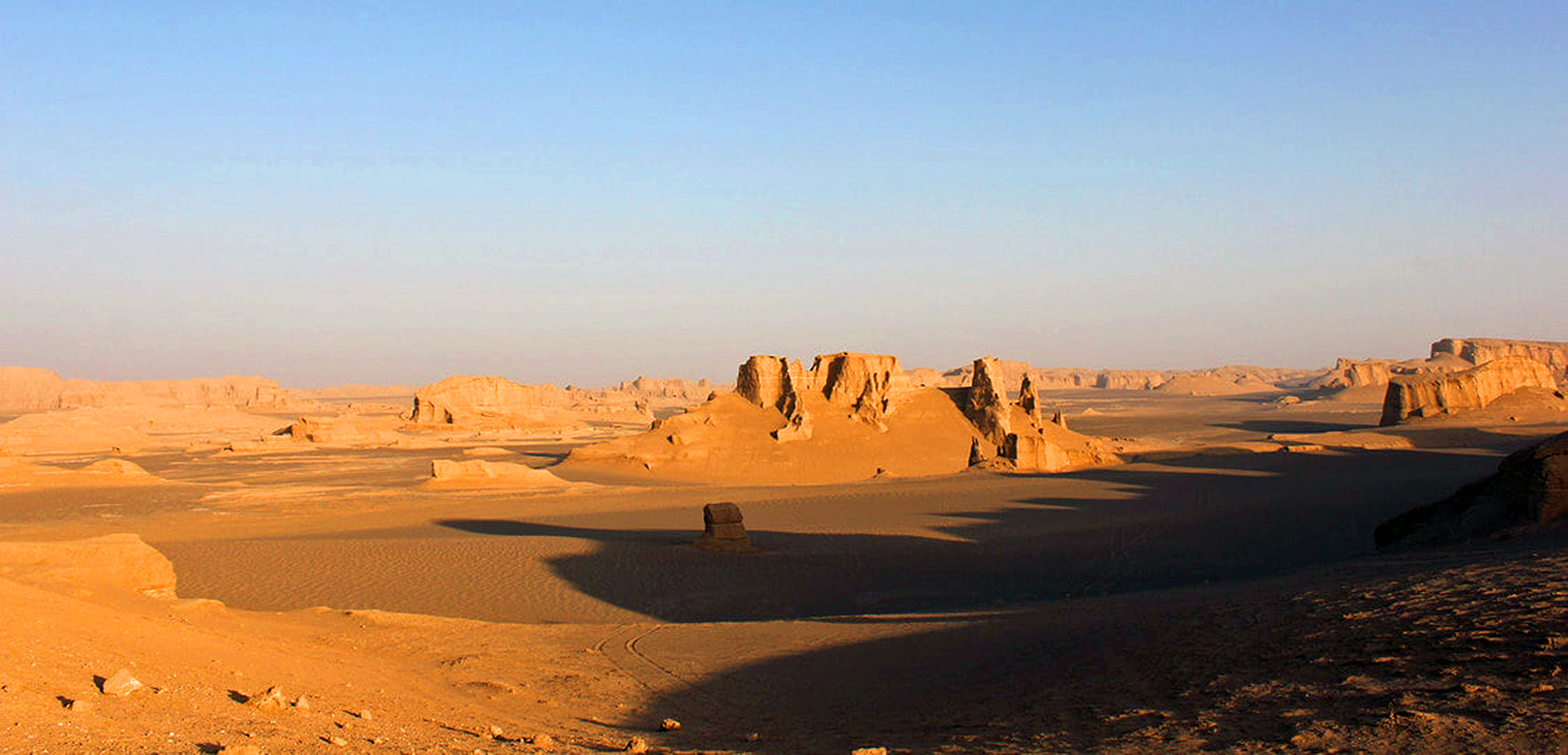
The Syrian Desert

Our Story
Years ago, my wife Margaret and I lived and worked in the Middle East. One day we were driving from Damascus Syria to Amman Jordan when we stopped beside the road to eat our lunch. The scene above is a fair representation of what we saw that day. The few minutes we spent at that desolate spot has changed our lives forever.
It struck us then that this very place, in Bible Times, was part of a great dark forest known as the Cedars of Lebanon. How had it changed? The answer is Goats and People. Overgrazing is the major cause of desertification worldwide. Other factors that cause desertification include , deforestation, natural disasters, urbanization and tillage practices in agriculture that place soils more vulnerable to wind.
Years later we returned to the United States and saw that the landscape we grew-up with and that we had left to go over seas had changed significantly. There were more buildings, more people and more highways and far less forest. It wasn't the Syrian Desert, but we could imagine a future where our country had far fewer habitable places. Like the dwellers in the deep dark Cedars of Lebanon, our people seemed unable or unwilling to see that their actions determine the future habitability of our planet.
We decided to do something, however small, to slow down the race toward extinction. We began to buy and conserve wild New Hampshire land. That was 33 years ago. Back then we thought our efforts were an attempt to balance man and nature. But now, we realize that this imbalance has caused a global Climate Emergency and that there is no time to lose. We have, to date, conserved over 1,500 wild acres and have planted 2,000 trees. To some readers this seems large but, in reality it is pitifully inadequate.
Nonindustrial private forests cover about 360 million acres in the United States, or roughly one-half of the nation's total forested acres. Nonindustrial private forests are unlike public or industrial forests in that they are small and family owned. All three ownership categories however, industrial forests, public forests and private forests think of their holdings as a source of income, a crop to be harvested.
We must work to change this mind set. Our forests (all three categories) are one of the most powerful agents we have to stop and reverse the Climate Emergency. Private money buying private forests and posting them against all forms of human activity is our only course. While the United States government and many of it's citizens continue to deny the connection between human activity and the Climate Emergency, other countries have swung into action. Canada plans to plant three billion trees in the next ten years. Mexico has already planted seven-hundred and eighty-nine million trees. The Trillion Tree Campaign and other efforts throughout the world have, to date, planted more than twenty billion trees. With the chain saws humming throughout the planet, and with no plans to curtail logging, we must step up our pace and work hard to buy and protect land, to stop deforestation and boost reforestation and aforestation.